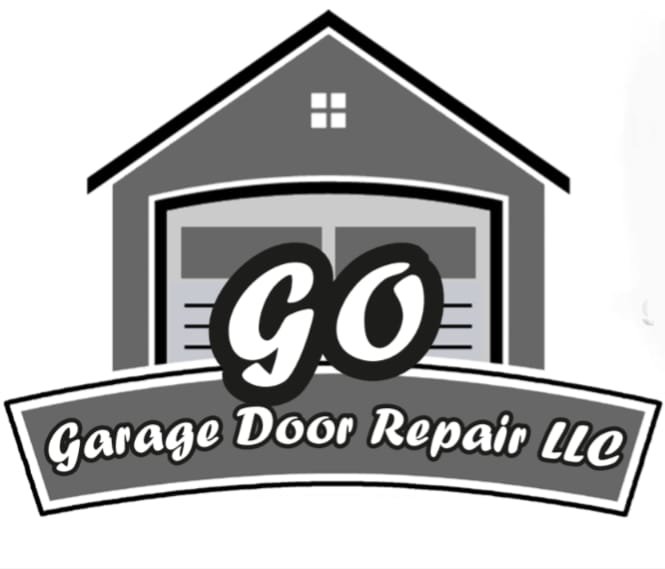Getting a Garage door opener repair in Kerns OR can be tricky business, and finding the right service to perform the repair is essential. To make sure you have a successful repair process, it’s important to research the problem carefully and then hire an experienced professional who has the expertise to get your opener functioning properly again. Make sure to seek out references from prior customers, read reviews of services online, and always inquire about their credentials before choosing a provider for your garage door opener repair. Additionally, never skimp on shopping around for competitive prices; ensuring that you get quality work at a reasonable price is just as important in order to guarantee a successful repair.
When it comes to Garage door opener repair in Kerns OR, most people are hesitant and not sure where to start. But don’t worry – taking on springs repair doesn’t have to be complicated. With the right knowledge and materials, you can successfully fix your own springs in no time. It starts with removing the old or damaged spring from the frame, which can be done with proper tools and safety measures. After that, selecting the ideal coil or torsion spring is paramount for a successful repair job. Depending on what type of spring you are using and their respective load ratings, you may need to consider ordering specialty springs that offer more uniformity and endurance throughout their lifespan. Once the correct parts are sourced, installation can finally begin by attaching them according to manufacturer instructions. While each project is different because of loading requirements and costs associated with special order parts, our guide to springs Repair makes sure you are ready for every challenge ahead.
Repairing professional-grade cable can be a tricky process, but having the right knowledge makes it much easier to do. Using a guide to Garage door opener repair in Kerns OR is essential for knowing which techniques and tools to use. Of course, the materials and methods you choose depend on the exact type of cable you are fixing; heavy-duty audio cables require different steps than those used for television coaxial cables, for example. Regardless of what type it is, always begin by inspecting the entire length of cable for signs of damage and making sure that all connections are securely tightened. Once repairs have been completed, test them for temporary or permanent fixes before putting them back into service. A comprehensive guide can provide detailed instructions on how best to proceed in each situation and help you save time in troubleshooting any technical issues that arise.
